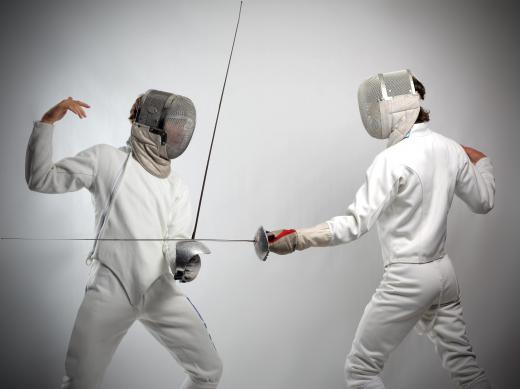Martial arts shoes are a relatively new invention. The television images of the barefoot Kung Fu fighter is hardly realistic; although martial artists by definition have strong and often callused feet, they are just as susceptible to injury as anyone else who wanders the streets with no shoes.
Older Asian movies depict a much more accurate view of martial artists. Samurai warriors of Japan didn't walk around barefooted. Instead, they wore martial arts shoes which could be more likened to a cloth for the foot than a legitimate foot protector. Fighting with these shoes on was dangerous whether a punch was thrown or not. Made of cheap material, the shoes could tear easily or cause the foot to slide inside the shoe after a kick. They also became unstable when they got wet.

When James M. Richardson first filed a patent for a "new" kind of martial arts shoe in 1981, martial arts shoes had evolved to include at least minimal protection for the foot. His Velcro® design left the front part of the foot and the heel open, while protecting the arch. This brand of martial arts shoes worked on one level, providing support and range of motion that hadn't been offered before, but there was still little stopping a martial artist from slipping after a kick because of lack of traction. In addition, there was worry that Velcro® strap that was used to hold the shoe together around the ankle could come loose while the martial artist was fighting, leading to injury.
In modern American society, self defense has become more of a pastime than a necessary component of life. Possessing a morbid need to over-accessorize, modern shoe designers have almost over-evolved martial arts shoes. But a trendy appearance doesn't increase the quality of the shoe; martial arts shoes still have to meet the basic needs of the martial artist, which means they must be able to provide the artist with an increased range of motion and decent protection for the foot. Among the overpriced martial arts shoes that attract the attention of middle class self defense fanatics, there are quality martial arts shoes now available that offer the martial artist more than just a spiffy look.
